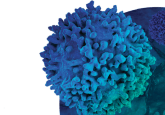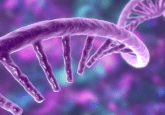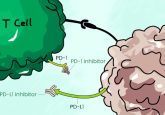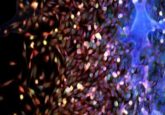How can single-cell and spatial approaches accelerate cancer research?
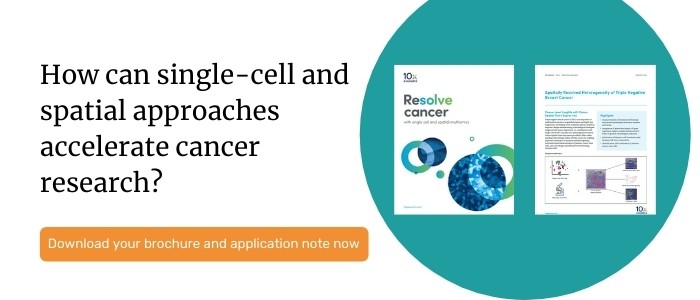
Download two vital pieces of content for cancer research!
Fill in the form below in order to download the brochure and application note. If you’re already a member of BioTechniques, your details should be pre-filled so you can get your free download even quicker!
As cancer research advances, the complexity of the condition becomes ever clearer. The nebulous construction of tumors, the disparate interactions of tumor cells with their immediate environments and immune cells, each play a role in the pathogenesis of cancer.
To thoroughly understand this complexity requires more precise and targeted techniques. Without a more detailed insight into the properties of specific cells and their interactions, therapeutic development will forever lack the specificity to produce significant changes in treatment outcomes.
Single-cell and spatial approaches to cancer research provide a key pathway to deliver this understanding. In two pieces of essential content for those working in cancer research, 10x genomics provides an insight into the value of these techniques.
This content includes:
Single-cell and spatial approaches to cancer research provide a key pathway to deliver this understanding. In two pieces of essential content for those working in cancer research, 10x genomics provides an insight into the value of these techniques. Register now to receive your free brochure and application note, detailed below:
Brochure: Resolve cancer with single-cell and spatial multiomics
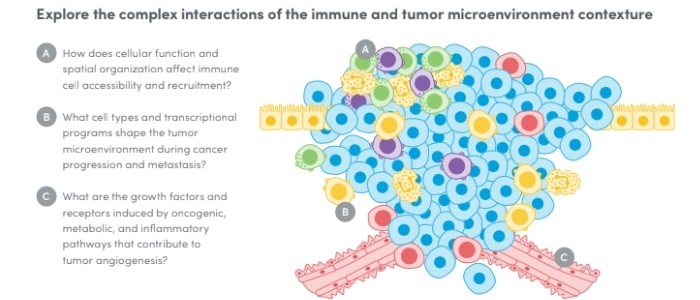
This brochure outlines the single-cell and spatial approaches that can provide high-resolution insight into three streams of cancer research: immune and tumour microenvironment contexture, biomarkers and therapeutic development and tumor contexture.
Application note: Spatially resolved heterogeneity of triple-negative breast cancer
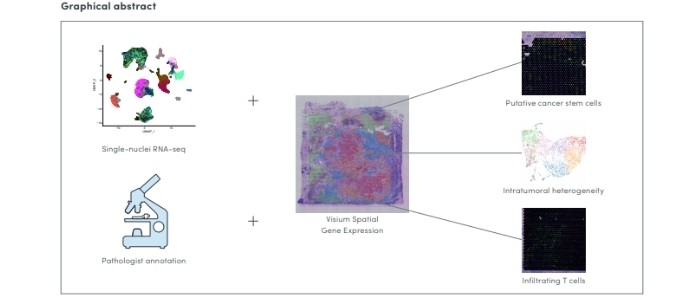
This application note provides a case in point for the value of single-cell and spatial approaches to study cancers. The note explores how these approaches provide improved resolution of intratumoral heterogeneity, localization and characterization of putative cancer stem cells, and cell subtype identification of infiltrating immune cells. This enables a fuller understanding of the biology within a TNBC section.
